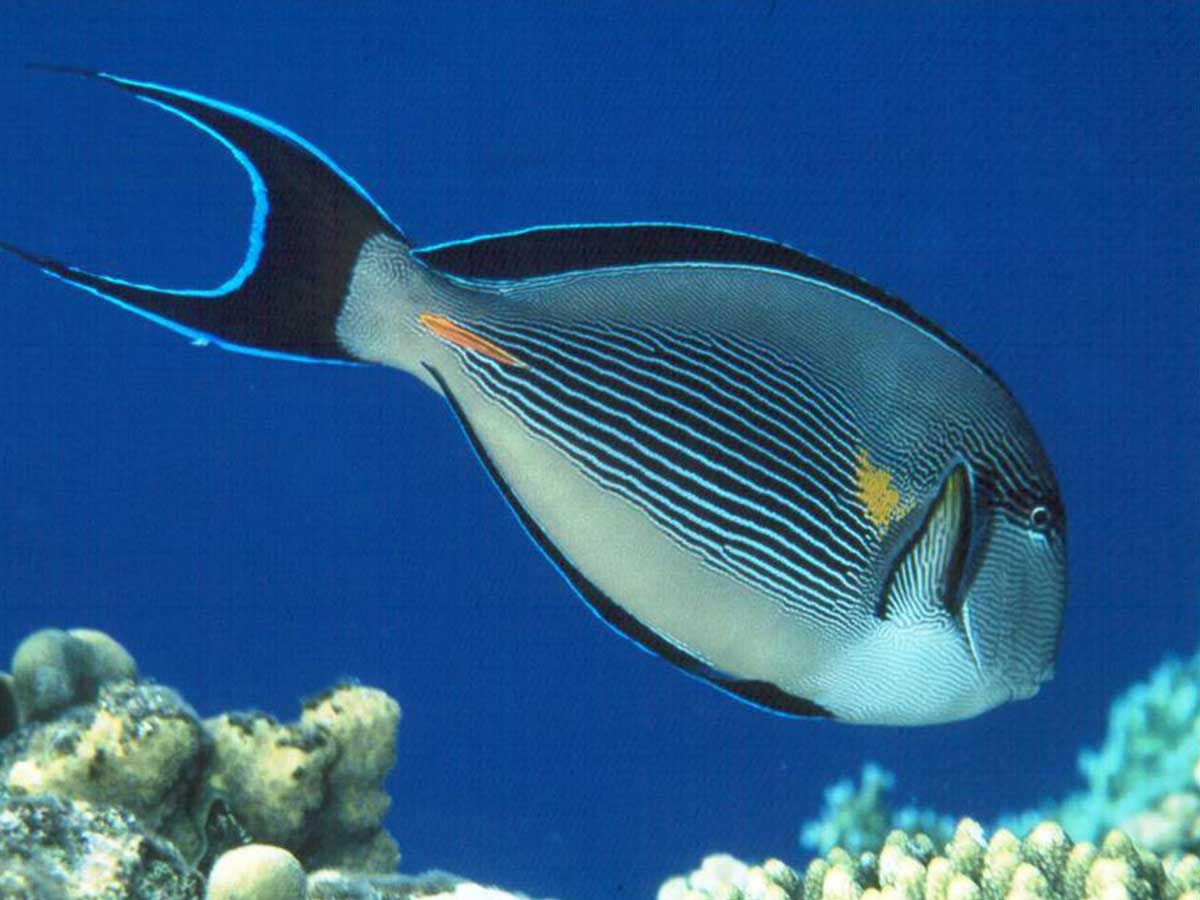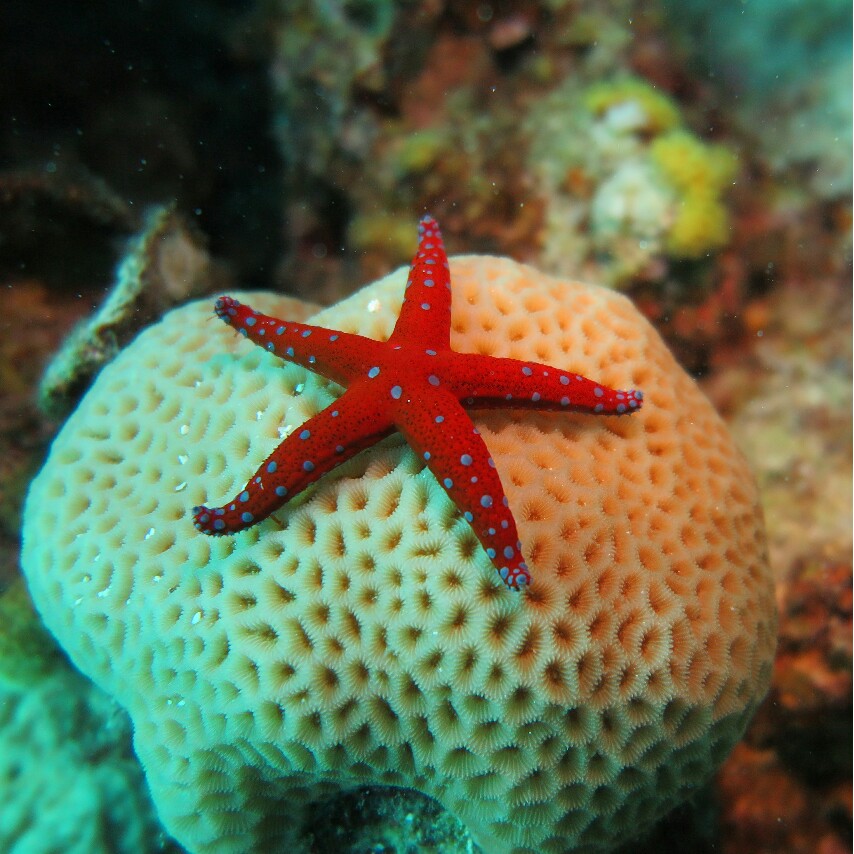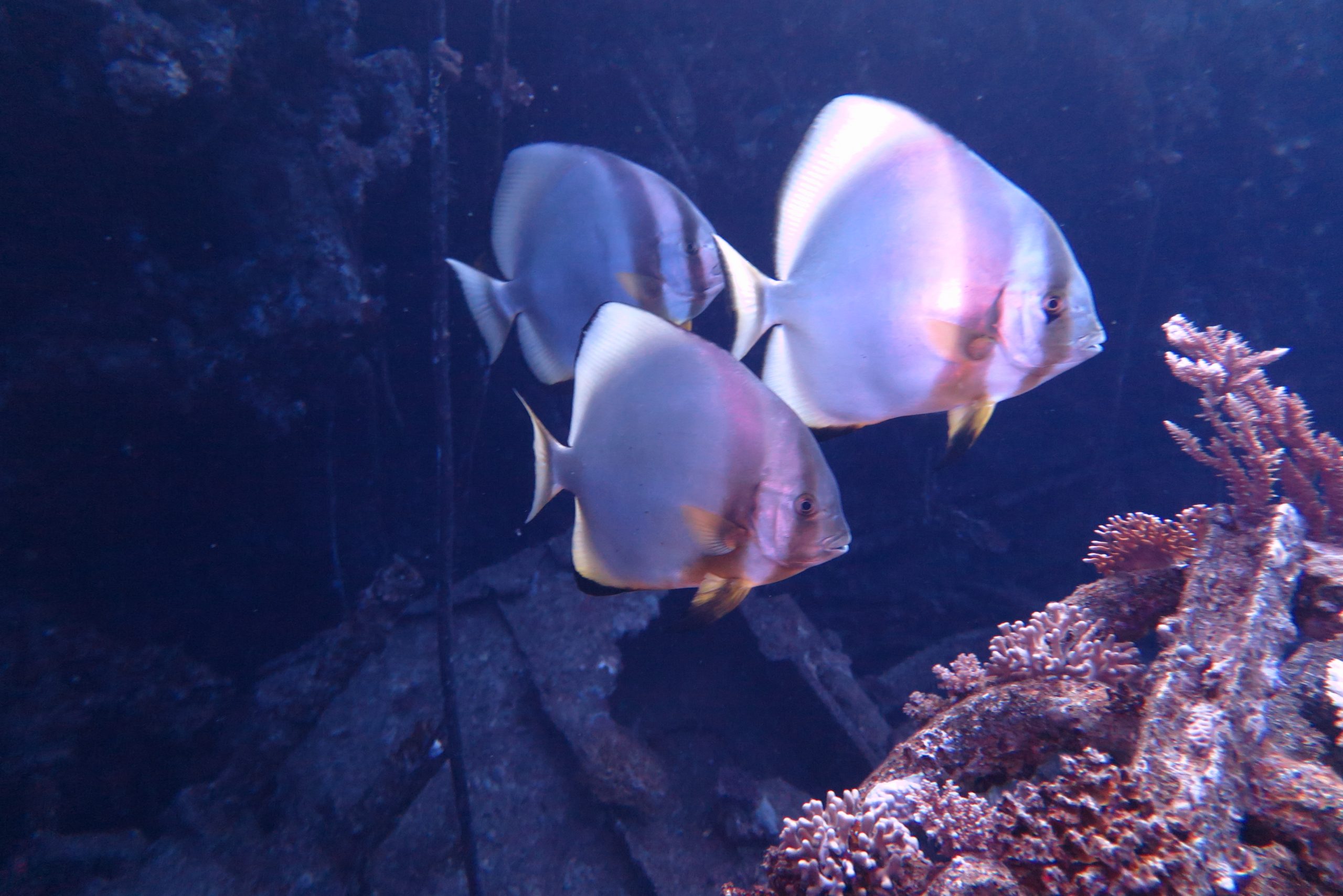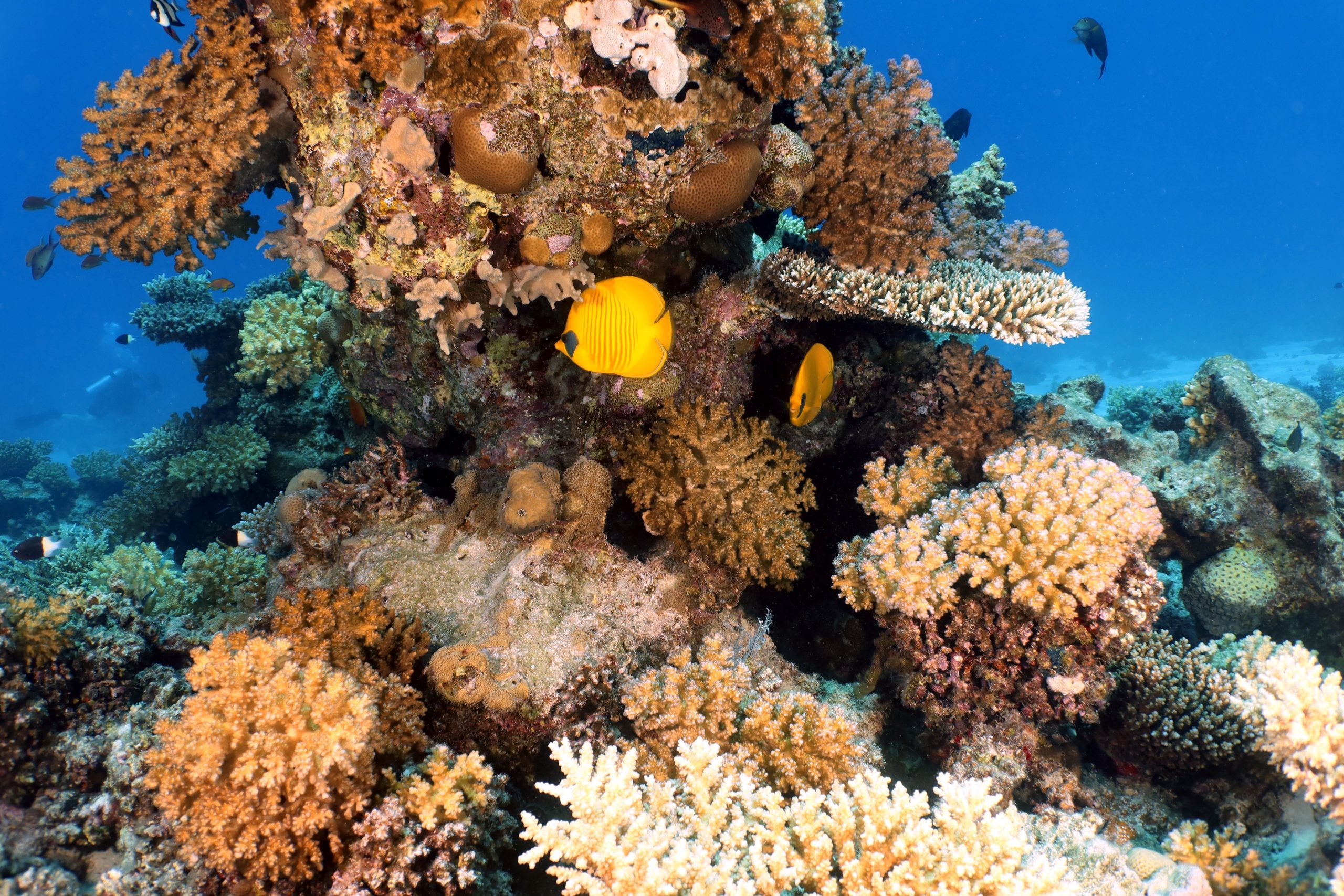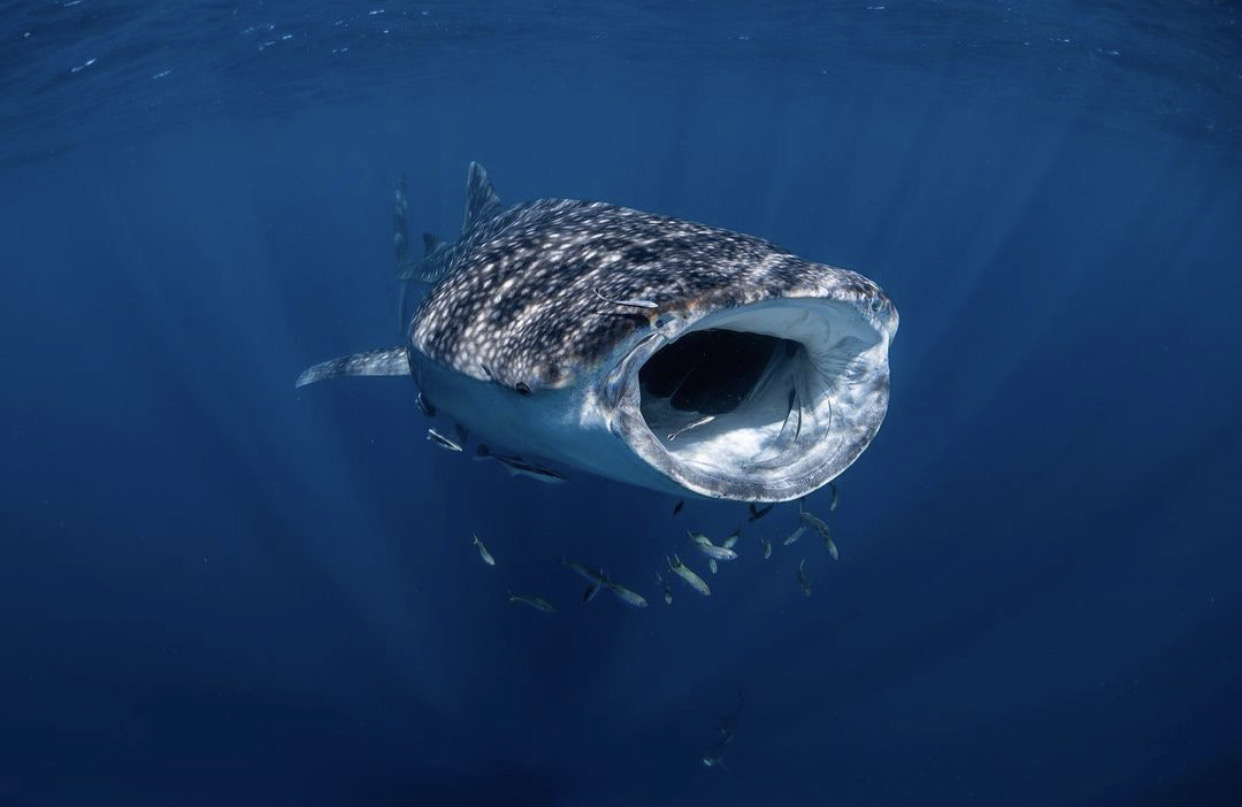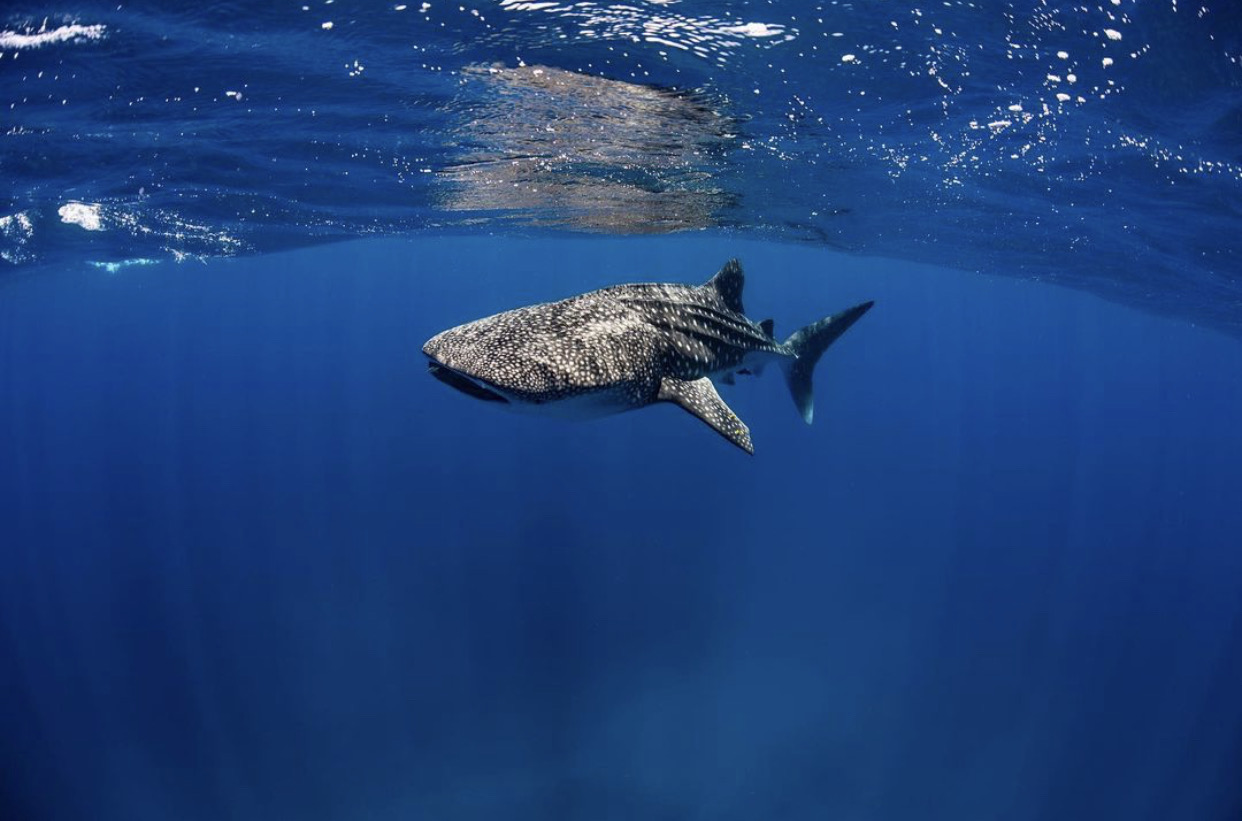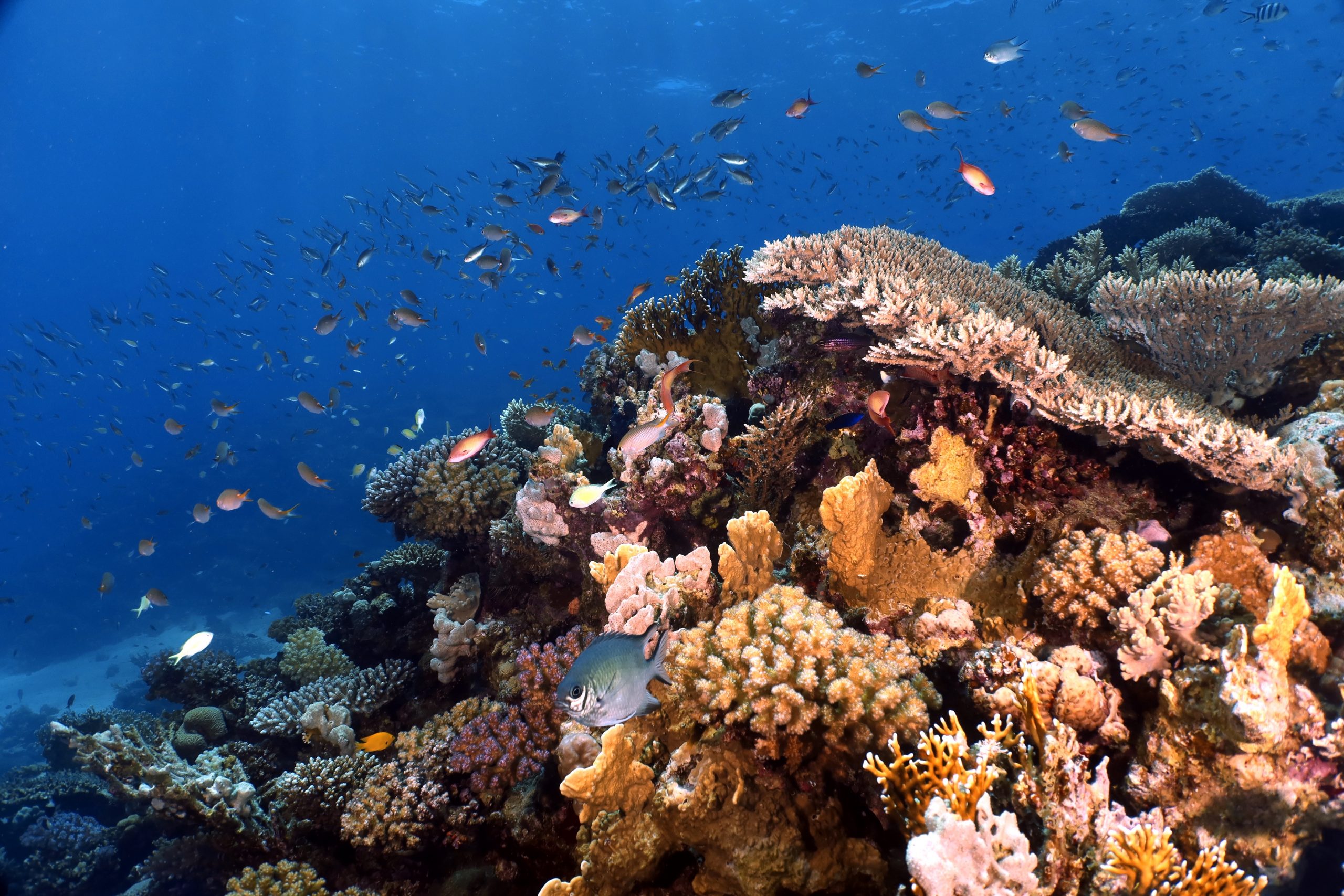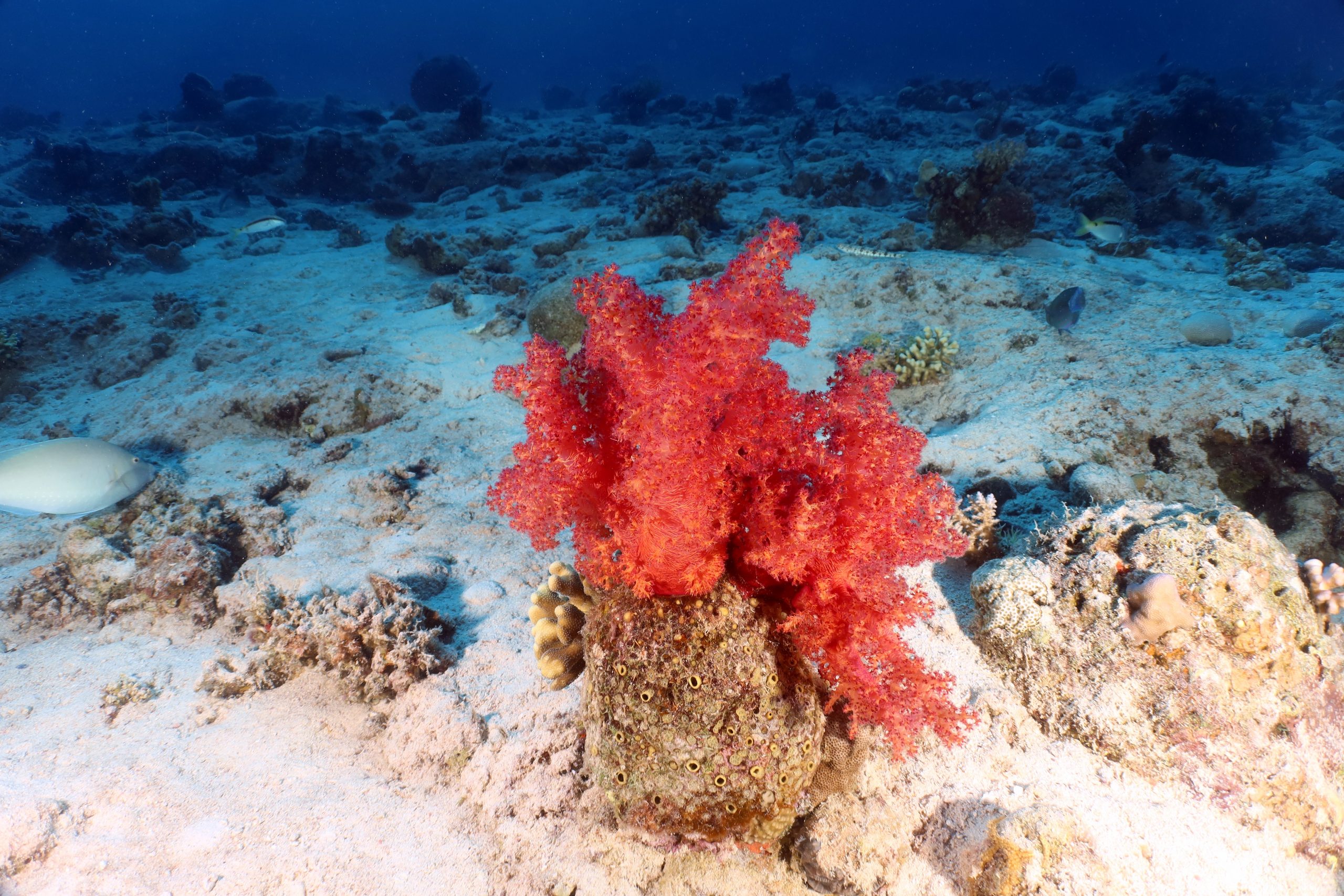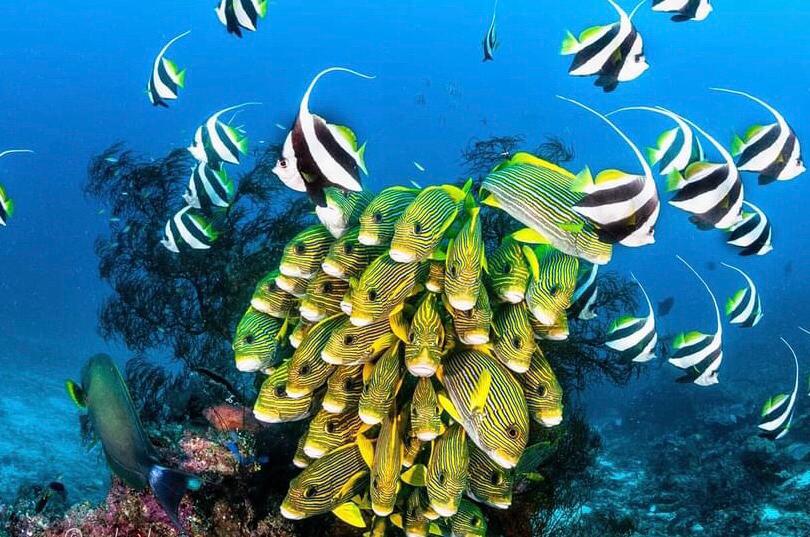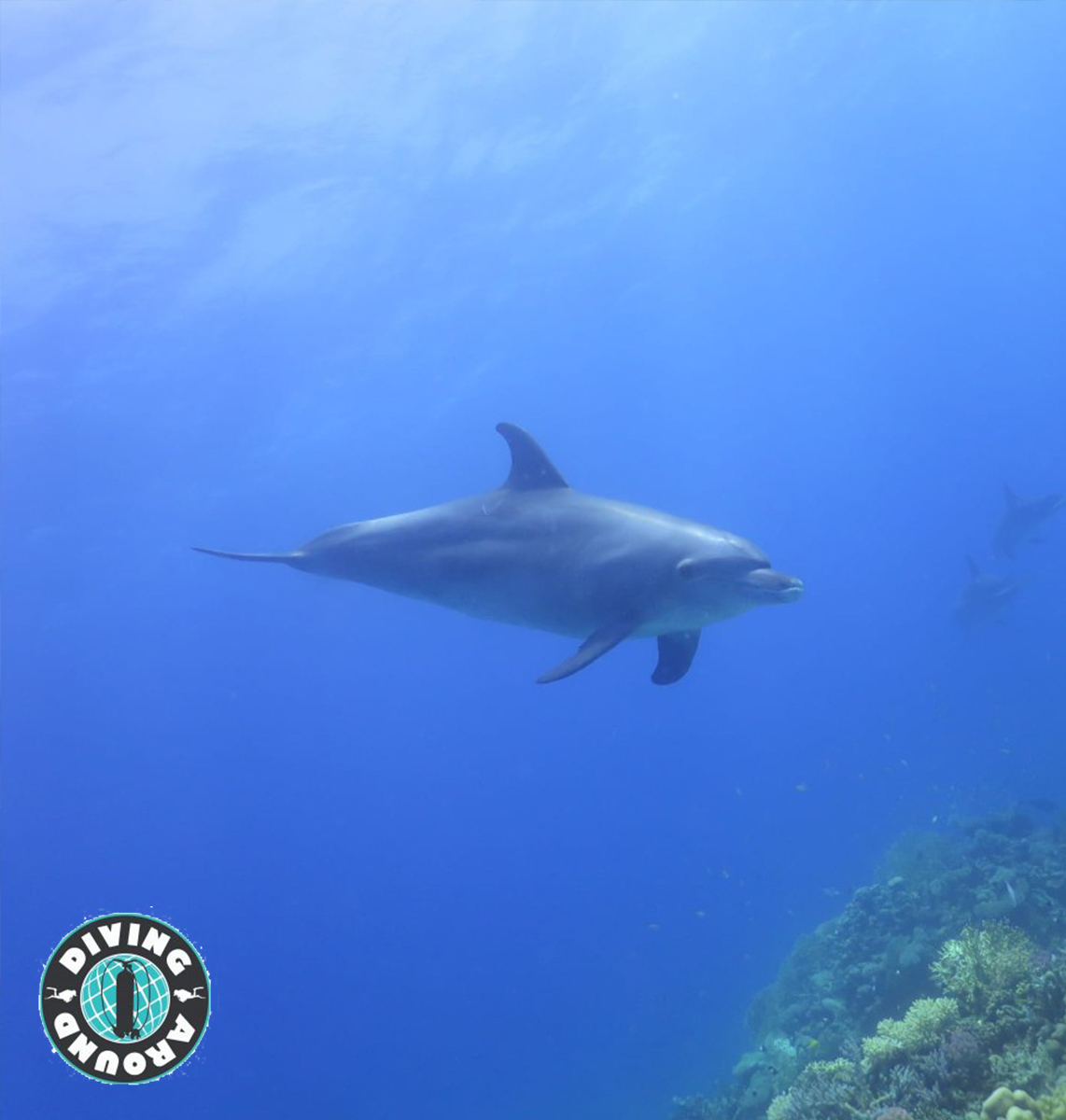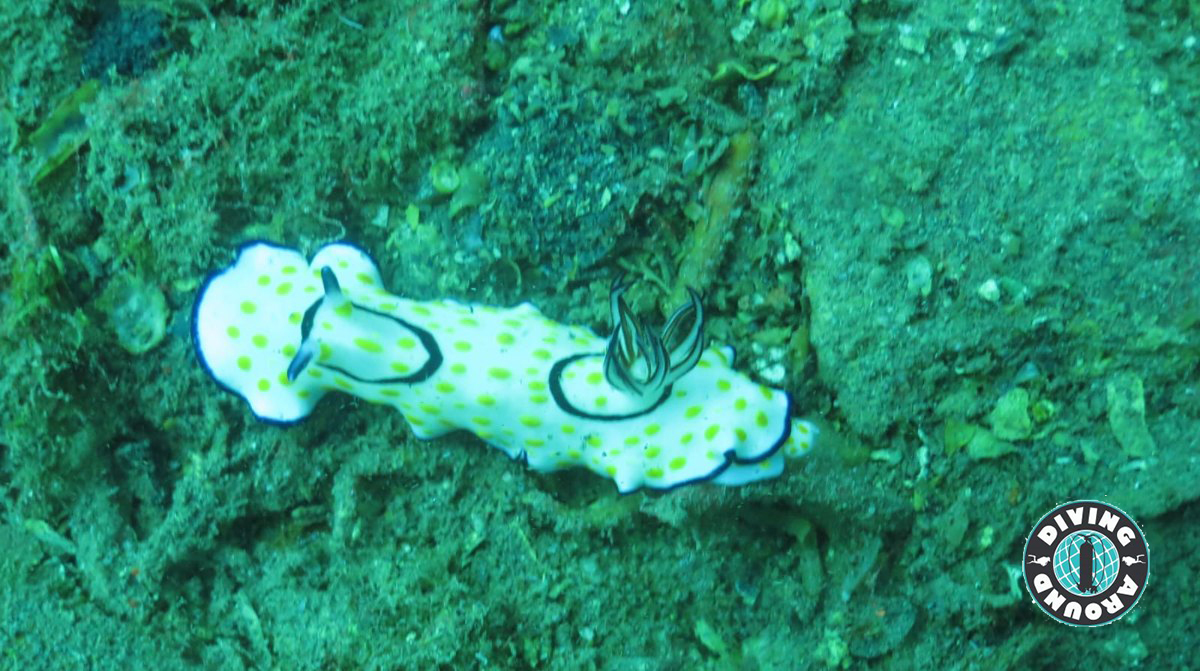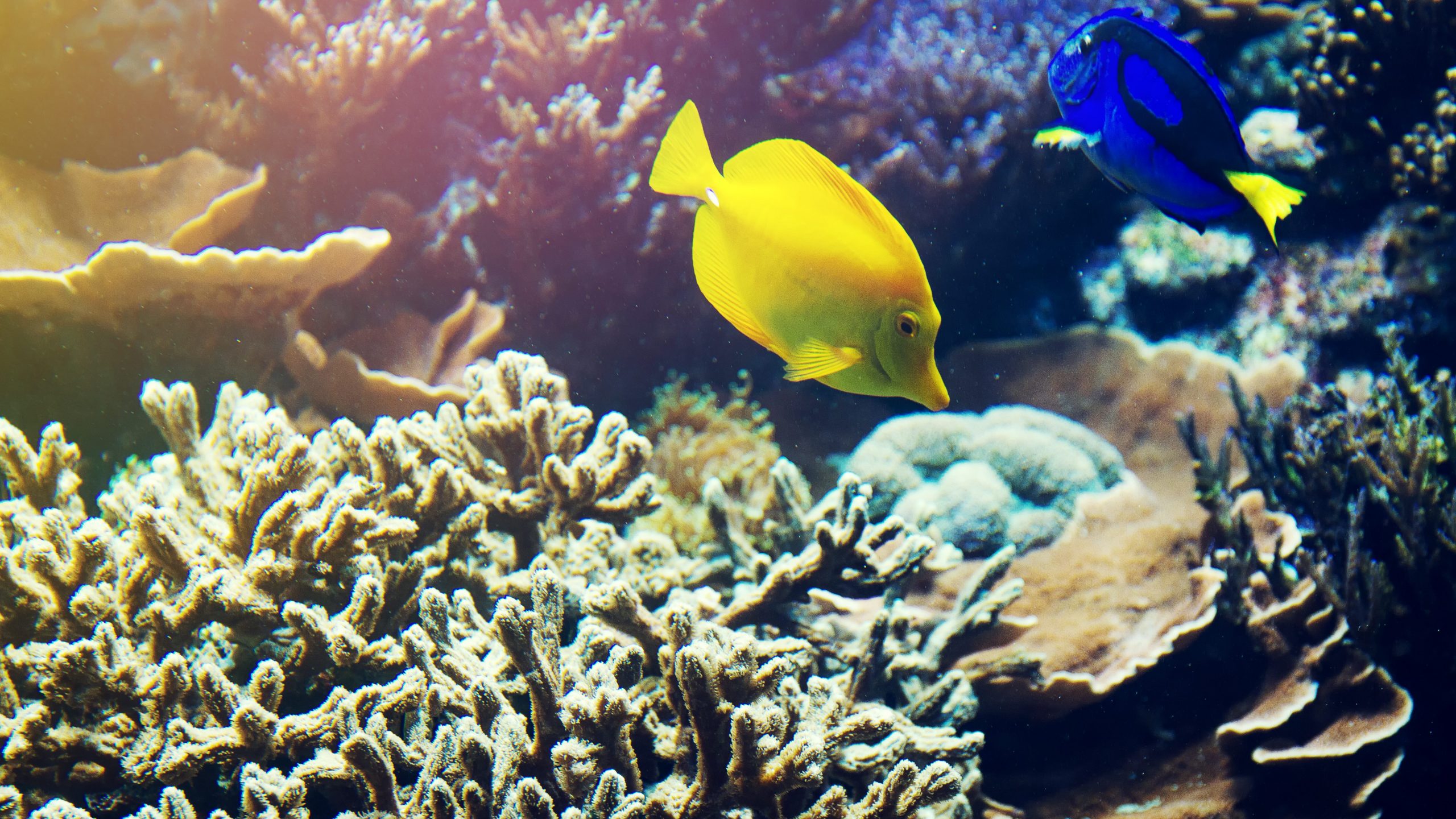Endemic Fishes Hurgada Red Sea Explore their Adaptations and the need for Conservation efforts, top diving Destinations for divers.
Endemic Fishes of the Red Sea: A Comprehensive Guide
The Red Sea, a body of water that Stretches for about 2250 Kilometers, is Renowned for being one of the most Biologically diverse marine Habitats on Earth. Its unique Geographic location, Distinct Geological history, and varying depth (from shallow waters to depths Reaching 3040 meters) have given rise to a rich array of marine life. Among its most notable Inhabitants are the endemic fishes of the Red Sea. These fishes, found nowhere else on Earth, make the Red Sea an incredibly special place for marine Biologists and diving Enthusiasts alike. In this Comprehensive guide, we will take a deep dive into the world of these endemic fishes, Exploring their Uniqueness, where to find them, and why they are so important.
What is an Endemic Species?
Before we delve into the Specifics of the Red Sea’s endemic fishes, let’s clarify what we mean by ‘endemic’. In Biological terms, an endemic species is one that is found Exclusively in a particular area or region and nowhere else in the world. In the context of the Red Sea,
an endemic fish is one that is native to and Exclusively found within the Red Sea’s waters.
Overview of Endemic Fishes in the Red Sea
The Red Sea is home to a Staggering 1120 species of fish, with an impressive 165 species being endemic. This means that roughly 14.7% of the fish species in the Red Sea are found nowhere else in the world. Interestingly, when considering the Red Sea in combination with the Gulf of Aden, the rate of Endemism increases to 19.3%. This high level of Endemism is a Testament to the Red Sea’s unique Ecological conditions,
which have allowed for the Evolution of species uniquely adapted to its environment.
Notable Endemic Fish Families in the Red Sea
Several families of fish in the Red Sea have a high Proportion of endemic species,
with 23 families having more than 20% of endemic species. Among the most notable are:
- Pseudochromidae: This family of fishes, commonly known as dottybacks, has one of the highest rates of endemism in the Red Sea, with a whopping 83.3% of its species being endemic. Examples include Pseudochromis fridmani and Pseudochromis sankeyi.
- Schindleriidae: This family, containing the tiny, translucent Schindleria fishes, boasts a 100% endemism rate in the Red Sea. Schindleria elongata and Schindleria nigropunctata are two examples of endemic species from this family.
- Gobiidae: Known as gobies, this family has the greatest number of endemic species in the Red Sea, with 36 of its 139 recorded species being endemic.
Unique Features of the Red Sea for Endemic Fishes
The Red Sea’s unique ecological and geographical characteristics have greatly influenced the evolution and distribution of its endemic fishes. These unique features include:
- Depth and Temperature Variations: The depth of the Red Sea varies greatly, from shallow waters to depths reaching 3040 meters. This wide range in depth has led to a variety of habitats for different species of fish. Additionally, the sea’s temperature varies depending on the depth, which has also influenced the distribution and adaptations of its fish species.
- Geographic Isolation: The Red Sea’s geographic isolation from other bodies of water has allowed for the evolution of unique species. The shallow strait of Bab-al-Mandab, its southern entrance, has played a significant role in limiting the exchange of marine species between the Red Sea and the Indian Ocean.
- Diverse Habitats: The Red Sea offers a variety of habitats for fish, from coral reefs and lagoons to deep sea environments. These diverse habitats have allowed for the evolution of a wide array of endemic species.
Endemic Fishes and Diving in the Red Sea: A Perfect Blend
The Red Sea is one of the world’s top diving destinations,
and its endemic fishes are a major draw for divers. The chance to see fish species that can’t be found anywhere else in the world is a unique experience that adds an extra layer of excitement to each dive.
For diving enthusiasts planning a trip to the Red Sea, Hurghada is a must-visit destination. Known as one of the best places for diving in the Red Sea,
Hurghada offers a range of diving experiences, from shallow reef dives to deep wreck dives. Its waters are home to a number of the Red Sea’s endemic fish species, making Hurghada an ideal spot for divers looking to encounter these unique creatures.
the Red Sea Endemic Fishes
The Red Sea’s endemic fishes are a Testament to the Region’s unique ecological conditions and geographical features. These fishes,
found nowhere else in the world, are an Integral part of the Red Sea’s rich biodiversity and contribute to its status as a top diving destination. So, whether you’re a marine biologist, a diving enthusiast,
or simply a lover of nature, the endemic fishes of the Red Sea offer a fascinating glimpse into the diversity and uniqueness of marine life.
Endemic Fishes of the Red Sea Introduction
The Red Sea is known for its impressive biodiversity,
and one of its most fascinating features is the presence of endemic fishes. These are species that are found exclusively in the Red Sea and nowhere else in the world. In this article, we will explore the unique characteristics and importance of these endemic fishes.
What are Endemic Fishes?
Endemic fishes are species that have evolved and adapted to a specific geographic area, in this case, the Red Sea. They are unable to survive or thrive in any other habitat,
which makes them particularly significant in terms of their ecological and conservation value.
Why are Endemic Fishes Important?
The presence of endemic fishes in the Red Sea is a testament to the region’s distinct
environmental conditions and the evolution of specialized species. These fish play a crucial role in maintaining the overall balance and health of the Red Sea’s ecosystem.
Endemism as a Measure of Environmental Health
The high number of endemic fish species in the Red Sea indicates that the ecosystem is relatively stable and healthy. Endemic species are often more sensitive to changes in their environment,
so their presence can be an indicator of the overall health of the ecosystem.
Unique Adaptations of Endemic Fishes
One of the most fascinating aspects of endemic fishes is the unique adaptations they have developed to survive in the Red Sea’s unique conditions. These adaptations can range from specialized feeding habits to unique coloration and body shapes.
Examples of Endemic Fishes in the Red Sea
The Red Sea Clownfish:
This endemic species of clownfish is known for its bright orange coloration and
its unique ability to form a symbiotic relationship with sea anemones.
The Red Sea Emperor Angelfish:
This striking fish is endemic to the Red Sea and
is characterized by its vibrant blue and yellow coloration and its distinctive, elongated dorsal fin.
The Red Sea Checkerboard Wrasse:
This endemic wrasse species is known for its intricate black and white checkerboard pattern and its ability to change its coloration depending on its mood or breeding status.
Conservation of Endemic Fishes
Protecting the endemic fish species of the Red Sea is of utmost importance to ensure the long-term viability and health of the ecosystem. Conservation efforts include the establishment of marine protected areas, enforcement of fishing regulations, and public awareness campaigns.
All About Endemic Fishes of the Red Sea Conclusion
The presence of endemic fishes in the Red Sea speaks to the region’s rich biodiversity and the importance of preserving
its unique ecosystem. These fish have evolved and adapted to the specific conditions of the Red Sea, and their conservation is essential for the overall health and balance of this remarkable marine environment.
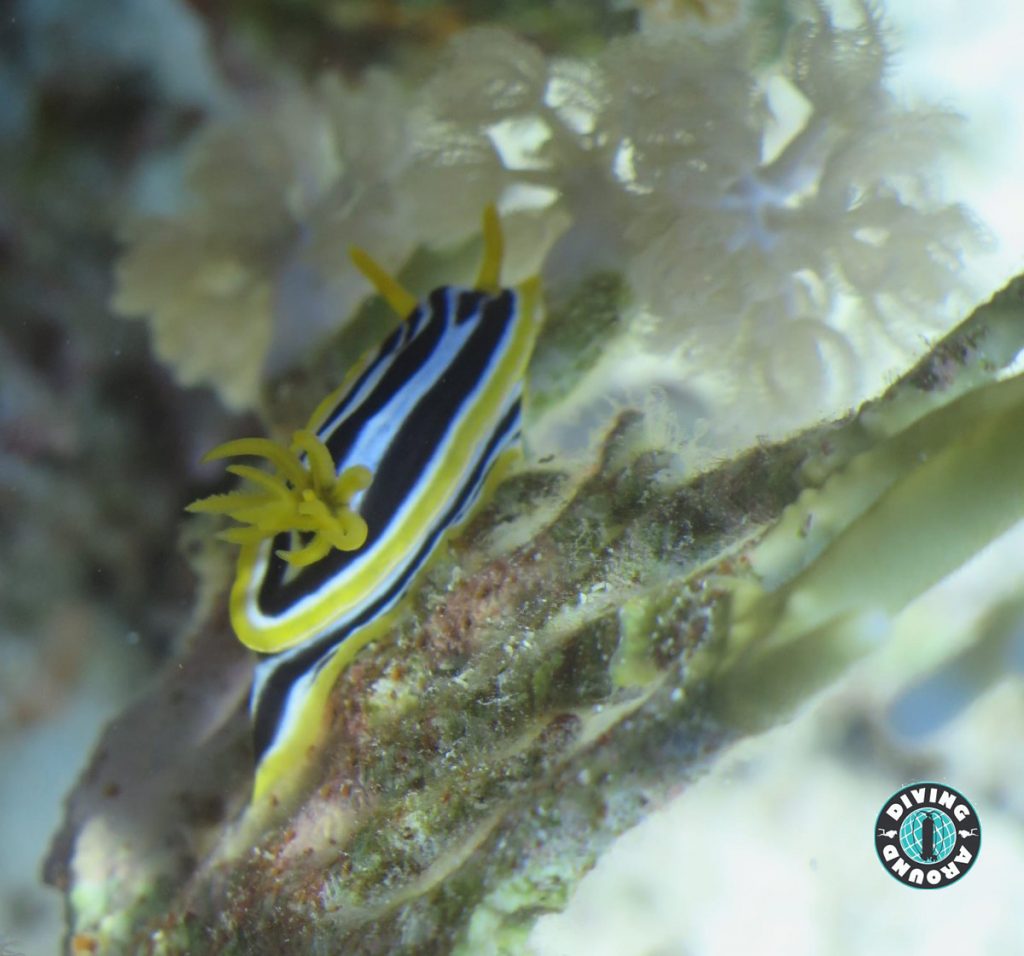
FAQs: Endemic Fishes of the Red Sea
The Red Sea is famous for its rich biodiversity, especially its endemic fishes. These unique species can only be found in this particular region, making them truly special. If you are curious about these fascinating creatures, this article aims to answer some frequently asked questions (FAQs) about the endemic fishes of the Red Sea.
What are endemic fishes?
Endemic fishes are those species that are native and exclusive to a specific geographic region. They have evolved and adapted over time to the unique environmental conditions of their habitat, making them distinct from other fish species found elsewhere. The Red Sea, with its warm and saline waters, is home to a remarkable range of endemic fishes.
Why is the Red Sea home to so many endemic fish species?
The Red Sea is considered a “young” sea, formed around 20 million years ago. Its isolation from other major bodies of water has allowed for the evolution of unique and diverse marine species. Additionally, the Red Sea’s warm and stable water temperatures, along with high salinity levels, create an ideal environment for specialized fish species to thrive, resulting in a high number of endemics.
What are some examples of endemic fish species in the Red Sea?
Gold Rim Surgeonfish (Acanthurus nigricans): This striking fish boasts a yellow body with a black vertical stripe and a vibrant blue rim around its eye. It can be found in coral-rich areas, feeding on algae.
Red Sea Clownfish (Amphiprion bicinctus): Known for its vibrant orange coloration and unique symbiotic relationship with anemones, this species is a favorite among snorkelers and divers.
Red Sea Bannerfish (Heniochus intermedius): With its distinctive black and white striped body and elongated dorsal fin, this species adds elegance to the reefs. It primarily feeds on zooplankton and small crustaceans.
Red Sea Bluespine Unicornfish (Naso unicornis): This blue beauty stands out with its unicorn-like rostral projection. It grazes on algae and plays a crucial role in coral reef ecosystems.
How do endemic fish species adapt to the Red Sea environment?
Endemic fish species in the Red Sea have evolved unique physiological and behavioral adaptations to survive in their specific habitat. Some of these adaptations include:
- Salt tolerance: The saline waters of the Red Sea require fish to have efficient salt regulation mechanisms, allowing them to maintain osmotic balance.
- Thermal tolerance: The warm water temperatures in the Red Sea demand fish to have adaptations to cope with high temperatures, such as heat shock proteins and increased metabolic rates.
- Feeding adaptations: Endemic fish species have specialized feeding habits that allow them to survive on the available resources in their ecosystem. Some feed on algae, while others rely on specific coral or invertebrate species.
- Cryptic coloration: Many endemic fish species in the Red Sea have developed unique coloration patterns that help them blend in with their surroundings, providing camouflage and protection from predators.
Are endemic fishes of the Red Sea at risk?
Like many other marine ecosystems, the Red Sea faces numerous threats, which can potentially impact the endemic fish species. These threats include climate change, overfishing, coastal development, pollution, and coral bleaching. Protecting the Red Sea’s delicate ecosystem and implementing sustainable practices are crucial for ensuring the preservation of its endemic fish species.
Can I encounter endemic fishes while snorkeling or diving in the Red Sea?
Yes, snorkelers and scuba divers have the incredible opportunity to observe endemic fish species while exploring the Red Sea’s underwater world. The abundance of coral reefs and their associated fauna make the Red Sea a haven for marine enthusiasts. However, remember to adhere to responsible diving and snorkeling practices, ensuring that you minimize your impact on the fragile ecosystem.
Endemic Fishes of the Red Sea In conclusion
The Red Sea’s endemic fish species are truly remarkable, with their unique adaptations and stunning appearances. Exploring the underwater world of the Red Sea allows us to witness the beauty of these exclusive creatures firsthand. By raising awareness about their existence and the challenges they face, we can contribute to the conservation efforts needed to protect the Red Sea’s fragile ecosystem and preserve these endemic fishes for generations to come.
